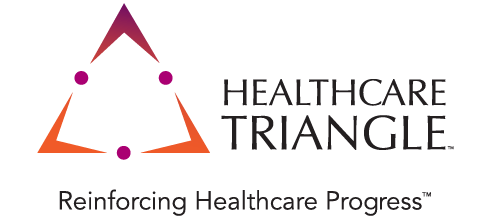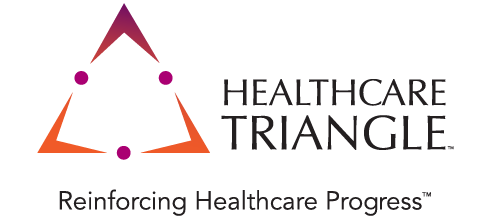The Business of Healthcare after COVID-19 Is Gone
Whether it is next week, next month, or next year, affairs in the US will open back up and return to a state of relative calm. But most agree that business as we know it will change significantly. Very few entities, be they small businesses or publicly traded international conglomerates, can weather repeated impacts of something like the COVID epidemic. And healthcare businesses in the United States have already been doubly affected, as they face the same financial and operational stresses that all businesses do, while simultaneously bearing the burden of day-to-day combat and execution just to get everyone through to the other side of the storm. Nobody wants to see and experience another mass-impact event such as this, but there will be more, and whether the next one is another health pandemic, a financial crash, or international conflict, there are things every smart organization will be doing to pivot their business to improve and prepare. Some of the changes will be seen relatively quickly, while others will still take some time, but one thing is almost certain, COVID-19 has become a tipping point from which there will be no simple return to “business as usual”.











